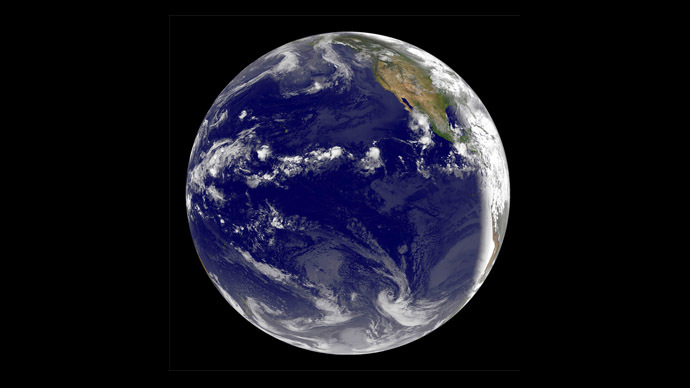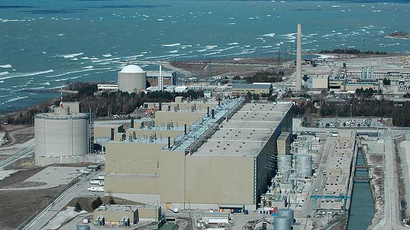‘Underground oceans’ potentially have 3 times more water than surface - study

A scientific study has revealed an enormous reservoir with three times the volume of all the oceans combined in Earth’s mantle. The discovery could shed light on the origin of the planet’s oceans and seas.
Scientists have long pondered where Earth’s seas and oceans originated. Some geologists believe water was brought here on the back of comets that struck the planet millions of years ago, but this new discovery gives credence to an altogether different theory.
"It's good evidence the Earth's water came from within,"
Steven Jacobsen of Northwestern University in Evanston, Illinois,
who co-authored the study in Science journal, told the New Scientist. “I
think we are finally seeing evidence for a whole-Earth water
cycle, which may help explain the vast amount of liquid water on
the surface of our habitable planet.”
The research appears to back up the idea that Earth’s oceans
gradually oozed out from the planet’s interior.
“We should be grateful for this deep reservoir,” said
Jacobsen. “If it wasn't there, it would be on the surface of
the Earth, and mountain tops would be the only land poking
out.”
The study revealed the water itself is actually hidden away 700km
under the surface in a rock known as ringwoodite. The substance
lies in the mantle – a layer of hot rock that separates the
Earth’s surface from its core.
Jacobson suggests that this layer might act like a buffer for the
world’s oceans and may explain why they have stayed the same size
for millions of years.
To find Earth’s inner ocean, Jacobson and his team used 2,000
seismometers to measure the seismic waves produced by over 500
earthquakes.
The researchers then calculated the speed of the waves as they
passed through different layers of rock. They eventually picked
up on the ringwoodite because the waves significantly slowed
down, suggesting the presence of water.
“It's rock with water along the boundaries between the
grains, almost as if they're sweating,” said Jacobsen. He
examined how ringwoodite might behave 700km beneath the surface
by creating the same conditions in the lab, exposing samples to
massive temperatures and crushing pressure.
This study has only revealed evidence of ringwoodite beneath the
US and Jacobson now wants to find out whether the substance
exists in other parts of the globe, reports New Scientist.













